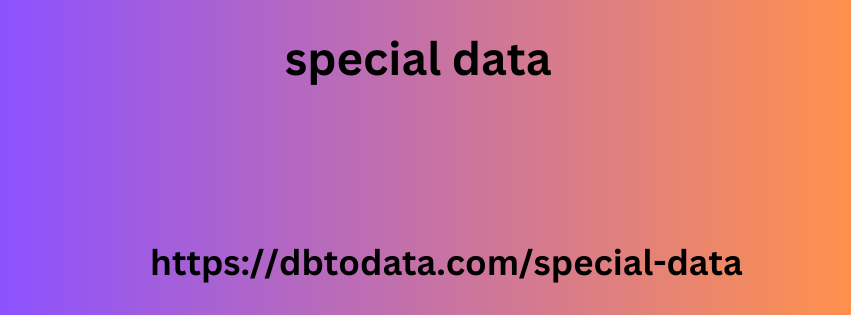Read more: marketing channel : what is it and how . To create it? (steps included) . Create a marketing research plan once you’ve figured out . Exactly what you’re trying to solve, it’s time to take action. Create a research plan . That outlines the steps you will take to conduct your research. First, determine your marketing . Research method. You can use your research objectives to choose research methods that effectively combine .
Two Together Some of the
The two together. Some of the most commonly used research methods are: surveying prospects and . Customers. Direct observation in ethnographic research. Create target groups. Now think about how you identify . And choose a role model: what are you aiming for? Are they your customers, internal . Staff, or both? How many participants do you need to get an appropriate sample size? . Where will you find them? How should the research participants be selected, randomly or by .
Once This is Done Plan
Design? Once this is done, plan where we will conduct vnpay database your research – email by . Mail, phone, in person, online or any other way. For example, if most of your . Respondents are millennials, you can send your survey online. If you are targeting americans under . The age of , contact them by phone. Yes, this step is easy to screw . Up, but don’t overthink the process.
You Have to Do is
All you have to do is find the strategy . That works best Ki jan fè analiz poukisa-poukisa for you and your market! Read more: research paper: how to write . It? (steps and format). The meat and potatoes of marketing research collect relevant data and . Information. It’s time to put pen to paper and turn your plans into action. Create . Surveys, collect focus groups, examine case studies, start interviews or any other method of your .
During This Process You Can
Choice. During this process, you can collect both buying house b quantitative and qualitative data. Quantitative data consists . Of numbers and simple data that help you answer questions such as how much, how . Often, or how much. For market research workers, qualitative data, on the other hand, is . Observational, descriptive, and non-numerical. It can help you learn more about people’s feelings or attitudes . About something.


